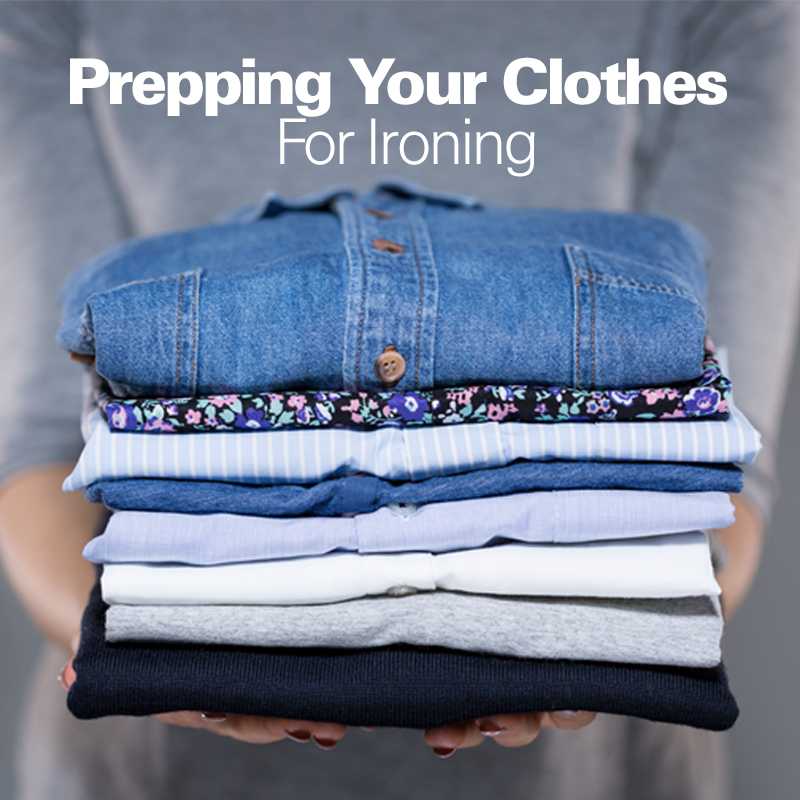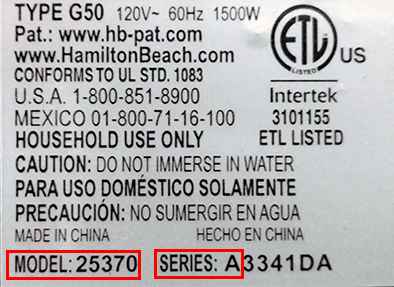

Before you pick up the first item from the pile of ironing to be tackled, be sure your clothes, linens, curtains, etc. are cleaned properly so you don’t risk setting any stains that may be present. Read your garment care or other care labels before you begin to identify instructions specific to your item as every fabric is different and could have special care instructions. The label inside your clothing should include ironing recommendations as well as basic laundering instructions. It’s critical to sort your ironing by temperature or setting and work from coolest to hottest because irons heat up faster than they cool down.
For most fabrics, it is preferable to iron on the wrong side of the material to prevent risk of damage. For example, textured fabrics like velvet could be crushed and the sheen of linen and silk fabrics could be altered if you ironed on the finished side of the fabric. For some sensitive fabrics, it’s best to iron with an additional pressing cloth, like a cloth napkin, between the item and the iron.
Stay up-to-date on the hottest food trends with our blog, discover a new favorite dish with recipes from our Test Kitchen, access your account, and so much more.
Interested in receiving emails, recipes and tips?
